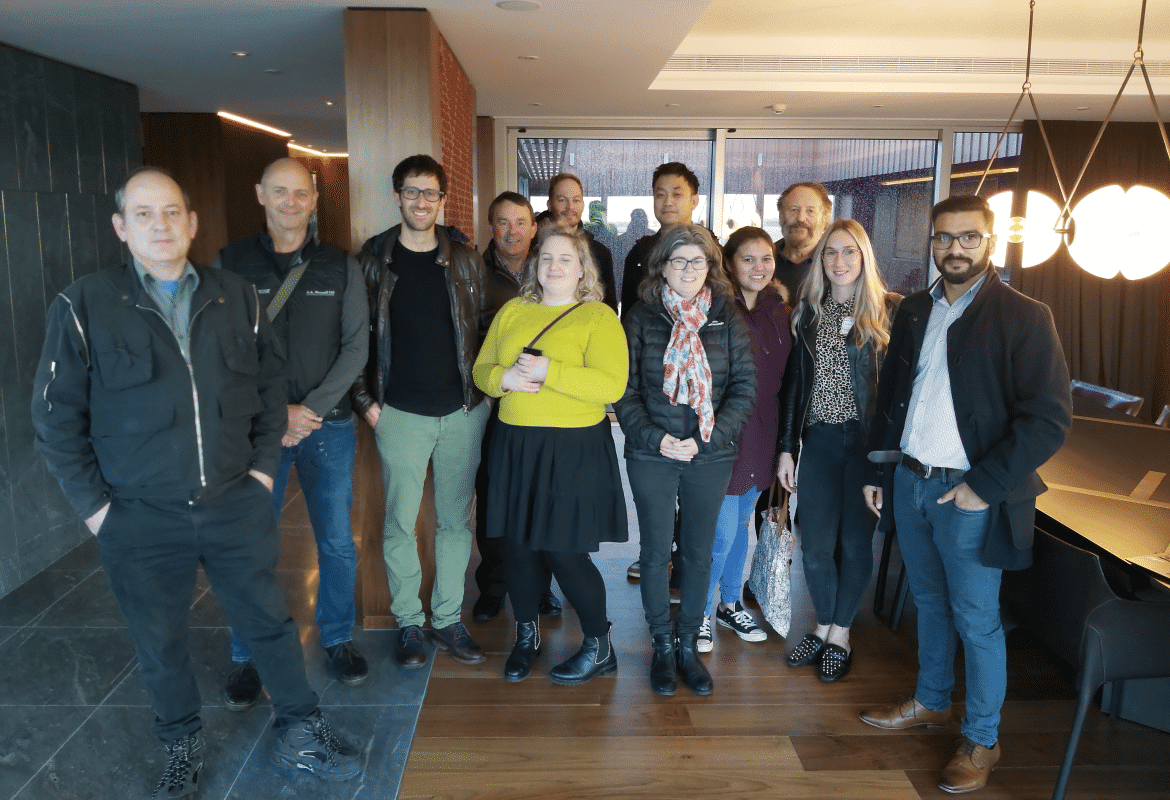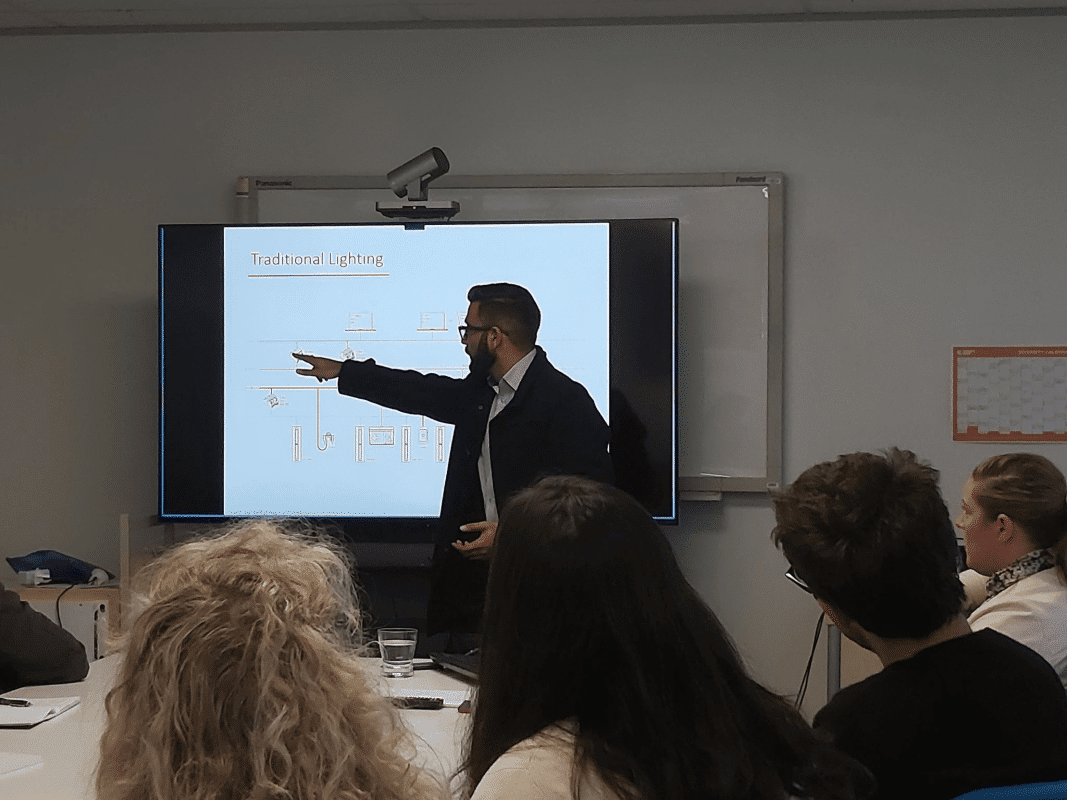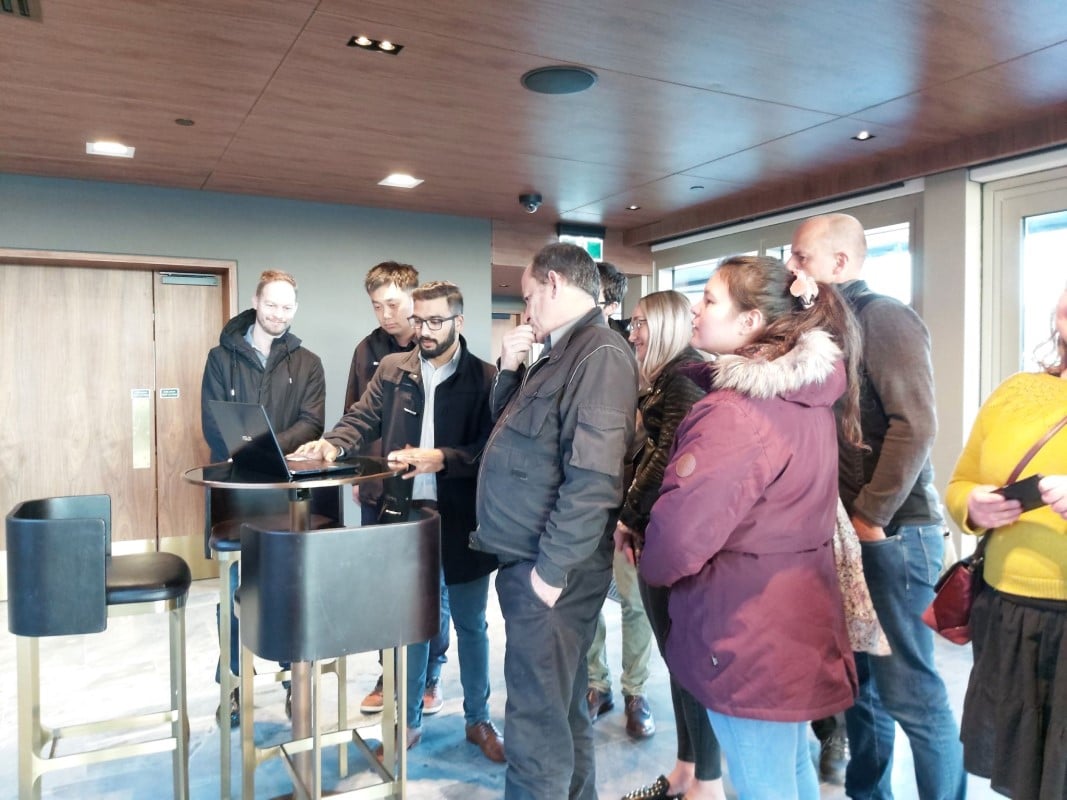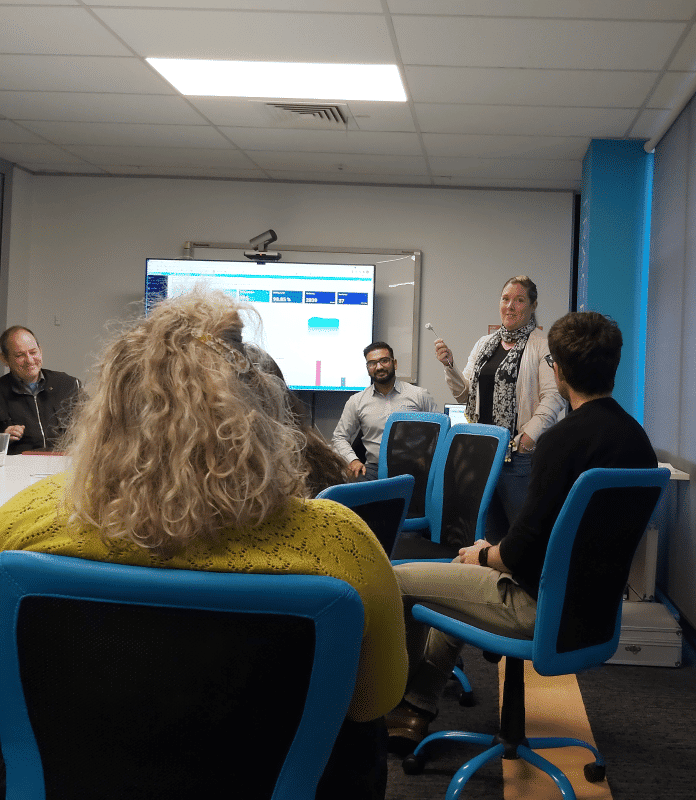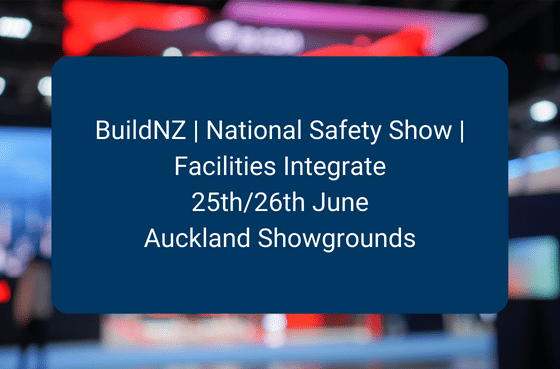In July we hosted an interactive session at our knowledge centre in Rosebank Road for students enrolled in a graduate certificate programme in lighting design at Massey University. With a growing demand for smart drivers (DALI) in the commercial industry, lighting control has become an important aspect to be considered for lighting design. Lighting specialists are required to incorporate a controls strategy when specifying fittings to be used or designing a lighting plan. A control strategy will most often include control of lights, changing colour temperature, human-centric lighting and using daylight harvesting for operational efficiency.
The topics covered in our session with the students included the general concepts around smart and digital lighting control, the adoption of the new Australian & New Zealand lighting control standard AS/NZS 62386, and how that fits into the IoT world.
Our company have had 14 years experience in designing and commissioning lighting control systems. Technology in this industry, like all others, has changed tremendously over this time. With the introduction at last of a lighting control standard for Australia and New Zealand, the focus for specifiers has moved to DALI-2 to ensure systems are compliant.
Our team have been proposing DALI systems for many years, initially via DALI gateways where traditional proprietary systems provided the means to control DALI lights.
Now with the updated version of DALI-2 with lights, sensors, controllers, switches and other DALI devices, all communicating via native DALI, a full DALI control system is not only possible but preferable to comply with the new lighting control standard. Something all lighting designers need to know about.
Additionally, with the high-level multi-way communication between DALI devices, a DALI system can potentially report back on so much more than just occupancy or lighting status – the use of appropriate sensors can provide information on air quality, temperature, sound, and much more. We believe DALI-2, its open protocol, and very reasonable price points, brings building analytics and the reporting on the “health” of the building into the “must have” category rather than the “nice to have”. The lighting design of the future may well be part of the holistic “wellbeing” philosophy for the building. DALI-2 also has much to offer with regard to humancentric lighting, circadian rhythm matching, etc.
Mushafiq and Rebecca were very pleased to share their comprehensive knowledge of DALI with the group from Massey University. Our team are always willing to assist and provide information to anyone wanting to understand more about the new DALI lighting control standard (and at time of writing the ONLY lighting control standard) and about lighting control, building technology, and how it all now comes under the IoT (Internet of Things) umbrella.
After the session with the lighting students at our Knowledge Centre, there was also the opportunity to visit two of our recent projects: Park Hyatt Auckland, and Media Design School. This allowed the group to see for themselves the result from some lighting designs, and our team demonstrated the smart lighting controls in situ.
Thank you Susan Mander for collaborating with Intelligent Environments Limited (NZ). Also, a big thank you to Christian Sujer and the team at Park Hyatt for their support and cooperation, and to the Media Design School for allowing us to visit their building and view the lighting design ‘in action’ along with the associated controls.

